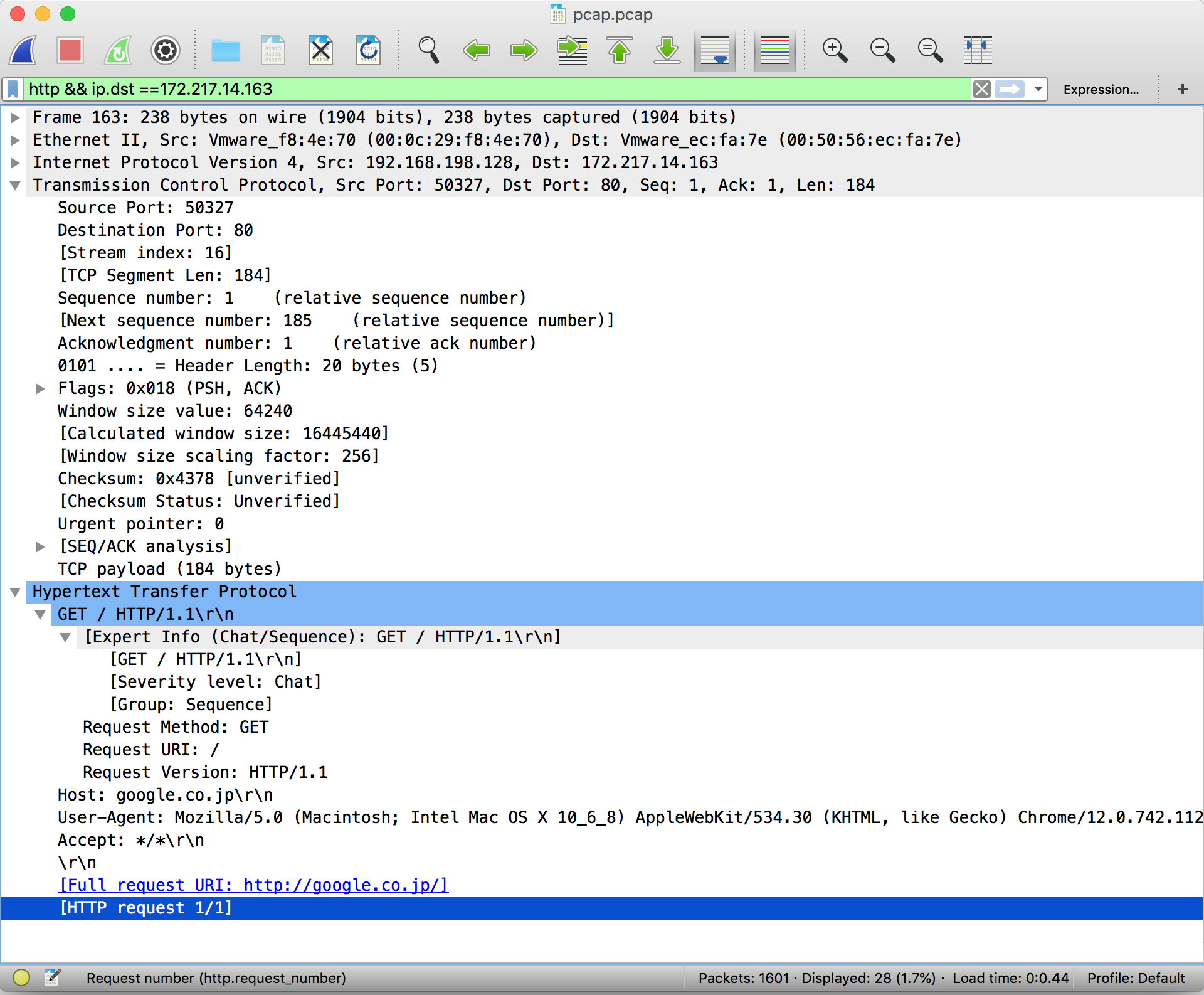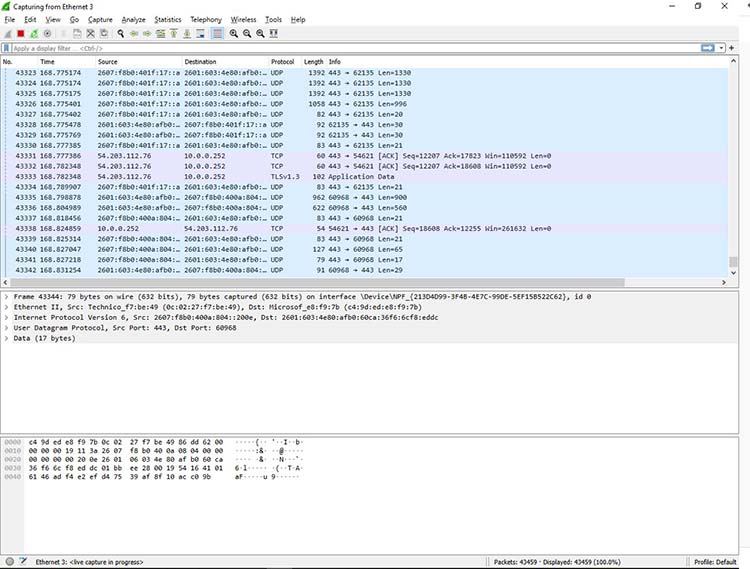

For both HTTP and HTTPS you'd be looking at ip.addr = 10.0.0.1 & (tcp.port = 80 || tcp.port = 443). Select the shark fin on the left side of the Wireshark toolbar, press Ctrl+E, or double-click the network. There are other ways to initiate packet capturing. If you wanted that to include HTTPS traffic (TCP port 443) you could modify it to read host 10.0.0.1 and tcp and (port 80 or port 443).įor a display filter to do the same thing w/ HTTP only you'd be looking at ip.addr = 10.0.0.1 & tcp.port = 80. In the Wireshark Capture Interfaces window, select Start. To capture only HTTP traffic to/from the host 10.0.0.1, for example, you could use the capture filter host 10.0.0.1 and tcp and port 80. Wireshark capture filters use tcpdump filter syntax, so an article about tcpdump filters will help you out.

If you're going to be doing a long-term capture and you want to limit the size of your capture files you'll probably want to use a capture filter. You can learn more about Wireshark display filters from the Wireshark wiki. Display filters are used to filter out traffic from display but aren't used to filter out traffic during capture. The syntax you're showing there is a Wireshark display filter. In Wireshark, where the 'Apply a display filter.You need to differentiate between capture filters and display filters. '!(ip.src = 192.168.2.1 or arp or lldp)' or if you prefer something like '!(ip.src = $1 or ip.src = $2)' where $# is an item you will fill later when calling the macro. In Wireshark go to 'Analyze' > 'Display Filter Macros.'įor 'Name' type a name for your macro which you will later use to call it.įor 'Text' type in your query e.g. This has a pretty good write up on Display Filter Macros There seems to be some thin documentation online from what I could find after some short searches, this is what I've found: Thanks to Jaap Keuter for the pointer on Wireshark Display Filter Macros. That or if there is a better method of filter large quantities of known connections so that I only see what I want to see.

I'd like to know if there a way of creating kind of a separate file with a nicely formatted list of all the 'noise' I want tucked away so that I only see sneaky traffic. I'm fairly new to Wireshark and I was analyzing my network traffic, I'd like to be able to do multiple display filters without having it all clumped in the overhead one line filter field.Ĭurrently its set to a long string of '!(ipv6.src = xxxx::xxxx:x. Apologies ahead of time if I missed an article or a posting with the answer to this question.


 0 kommentar(er)
0 kommentar(er)
